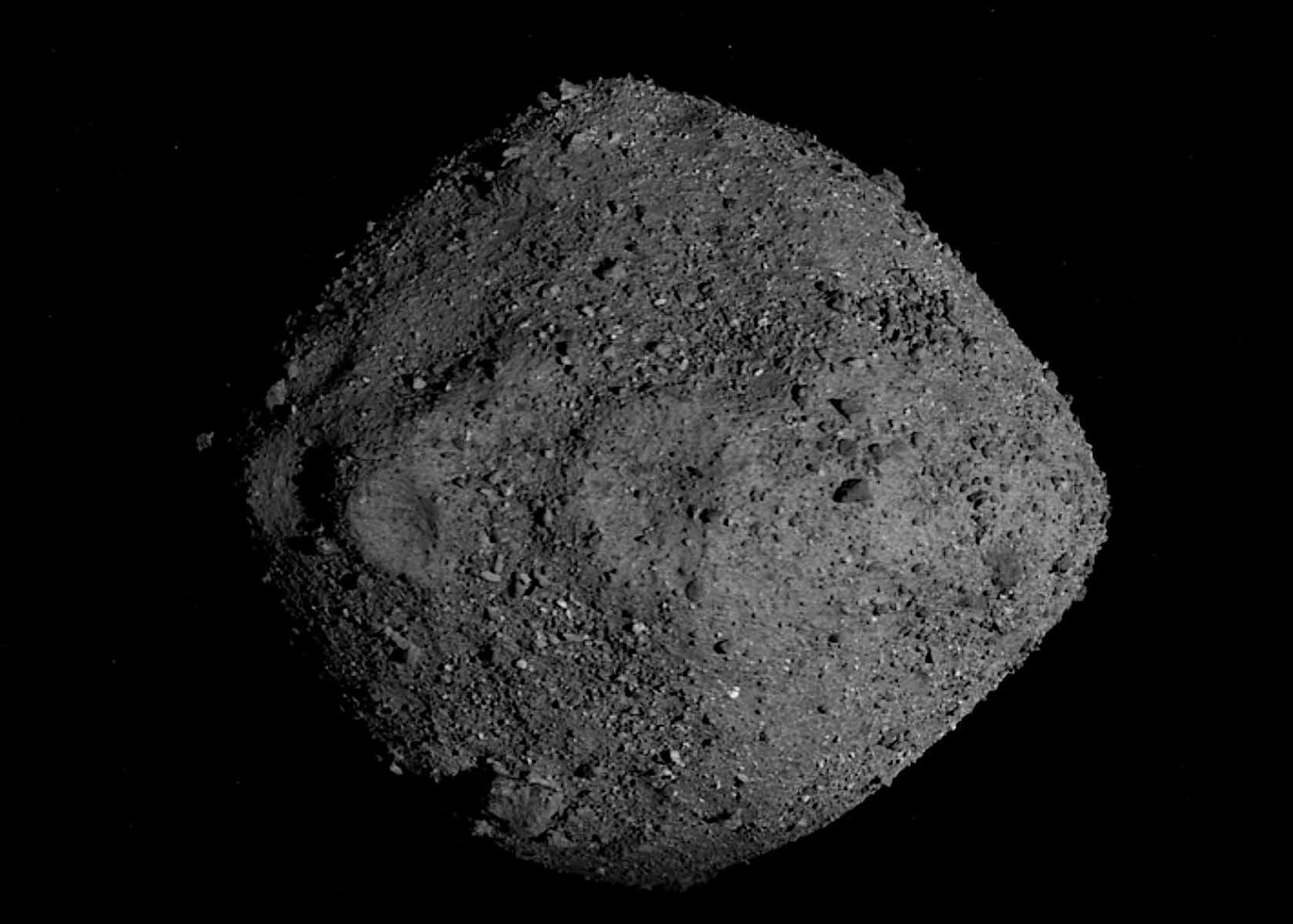Scientists at Los Alamos National Laboratory may have isolated a long sought ‘fifth force’ in physics with the help of data collected by NASA’s OSIRIS-REx mission from the mysterious “trickster” asteroid Bennu.
When the mission returned samples from the near-Earth asteroid Bennu in 2023, it returned with both physical material and a wealth of useful data about the asteroid. Analysis of this data has now led to the recognition of a potential fifth force to add alongside the gravitational, electromagnetic, weak nuclear, and strong nuclear forces in the standard model of physics.
Planetary Defense Leads to Surprising Data
Planetary defense is a crucial NASA mission, and the space agency constantly tracks near-earth objects such as the asteroid Bennu, a space object that scientists have dubbed “trickster” asteroid on account of the surprises it has revealed over the course of its study.
Ground-based systems monitored Bennu before and during the OSIRIS-REx mission. This data stretches back to the asteroid’s 1999 discovery, and intriguingly, its trajectory doesn’t match what would be expected by the standard model of physics.
“Interpreting the data we see from tracking Bennu has the potential to add to our understanding of the theoretical underpinnings of the universe, potentially revamping our understanding of the Standard Model of physics, gravity, and dark matter,” said Yu-Dai Tsai, lead author on the paper showcasing the discovery. “The trajectories of objects often feature anomalies that can be useful in discovering new physics.”
Constraining the Anomalous
Obviously, this isn’t the first time something unusual scientists noticed led to a significant cosmic discovery. Well before the discovery of Neptune, scientists theorized that such a planet must exist based on the irregular orbit of planet Uranus. Analysis of the existing data at the time led to the conclusion that another planet must be present further out in our solar system, given that the irregularities Uranus displayed matched what would be expected of another planet’s gravitational pull.
More recently, the Los Alamos team behind the study of Bennu similarly analyzed the data to “constrain” a potential fifth force. In other words, they have identified how the trajectory of the asteroid deviates from the standard model’s expected trajectory. What is revealed in the data, they say, points to the effects of a potential fifth force.
“The tight constraints we’ve achieved translate readily to some of the tightest-ever limits on Yukawa-type fifth forces,” said Sunny Vagnozzi, assistant professor at the University of Trento in Italy and co-author on the paper. “These results highlight the potential for asteroid tracking as a valuable tool in the search for ultralight bosons, dark matter, and several well-motivated extensions of the Standard Model.”
Next Steps In the Hunt for a Fifth Force
Physicists still have difficulty concretely identifying a fifth force. One possibility under consideration is that an ultralight boson particle may be the fifth force and extend the standard model to include dark matter and energy. Current speculation holds that about 85% of the matter and energy in the universe may be dark, but those particles and forces remain undiscovered. While observations point in this direction, dark matter and energy are not yet reconciled into the general framework.
The team’s next focus is Apophis, an asteroid expected to pass close to Earth in 2029. The OSIRIS-REx spacecraft will also investigate that asteroid, once again providing essential data. The team will analyze that data alongside observations of Earth’s gravitational influence on Apophis, which will help to advance their investigations into the potential role a fifth force of physics my be playing.
The paper “Constraints on Fifth Forces and Ultralight Dark Matter from OSIRIS-REx Target Asteroid Bennu” appeared in Communications Physics on September 20, 2024
Ryan Whalen covers science and technology for The Debrief. He holds a BA in History and a Master of Library and Information Science with a certificate in Data Science. He can be contacted at ryan@thedebrief.org, and follow him on Twitter @mdntwvlf.

